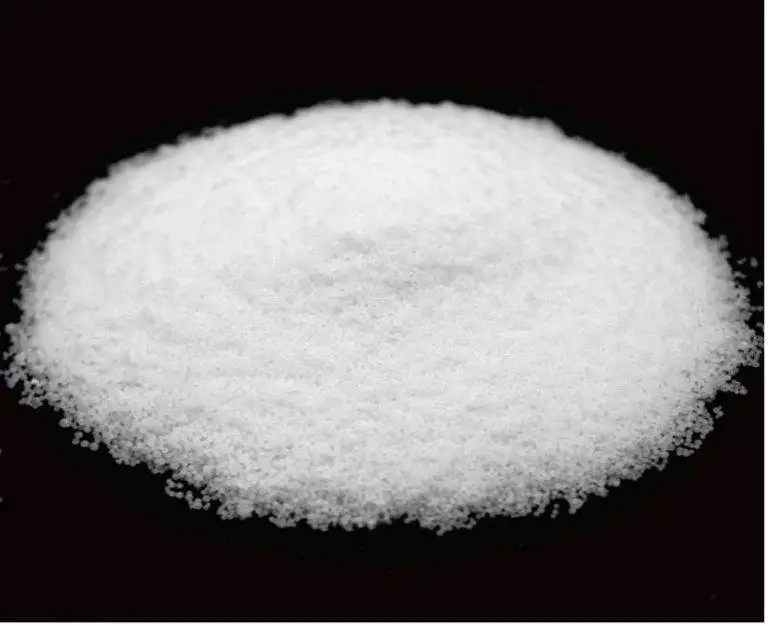Explain caustic soda pearl?
Caustic soda pearl is Sodium hydroxide and a powerful chemical with many aliases: NaOH, lye and caustic soda. Sodium hydroxide is often the active agent in cleaning solutions, but it is also used in the manufacturing of products like textiles, cellophane, and paper. This chemical can be very dangerous and can severely damage materials. Humans should avoid contact with sodium hydroxide without protection because it can cause severe burns to the skin and serious tissue damage if gotten in the eyes or inhaled.
English Name: Sodium Hydroxide, Caustic Soda
Physical properties: white flakes, granules, shiny, color permitting, hygroscopic, water soluble.
Chemical properties: Melting point 318.4 ? Boiling point 1390 ? 2,130 relative density
Solubility: It is soluble in water and strongly exothermic. It dissolves easily in ethanol and glycerol; insoluble in acetone, ether. When exposed to air, it will eventually dissolve completely in solution.
Properties:
Caustic soda, easily soluble in water, solid or flake with strong abrasiveness
Demonstrate uses of caustic pearl?
Applications:
- In the production of paper and cellulose pulp.
- Used for the production of soap, synthetic detergents, synthetic fatty acids.
- As cloth desizing agent, scouring agent and silk polish agent in textile printing.
- in the production of borax, sodium cyanide, formic acid etc. in the chemical industry. Sodium hydroxide pearl are an important inorganic chemical as they are used in numerous industries worldwide. The highest demand for caustic soda comes from the paper industry where it is utilized in pulping and bleaching processes.
- They are also in demand in the aluminum industry as the Sodium hydroxide pearl dissolves bauxite ore, which is the raw material in aluminum production. Another major use for caustic soda is chemical processing as caustic soda is a basic feedstock for a range of down-stream products including solvents, plastics, fabrics, adhesives etc.
How Sodium hydroxide produce?
Sodium hydroxide is produced all around the globe with world production standing at approximately 59 million tonnes per annum (in 2008). Virtually all producers use the chloralkali process which involves the electrolysis of sodium chloride using one of three cell types: mercury, diaphragm, or membrane. If this process is used, 1.1 tonnes of caustic soda can be produced to each tonne of chlorine.
Specification of pearl caustic
| TOP GRADE | FIRST GRADE |
| Fraction of sodium hydroxide (caustic soda, sodium hydrate) (NaOH) total mass, %, min | 99.5 |
| Fraction of sodium carbonate (Na2CO3) total mass, %, max | 0.5 |
| Fraction of sodium chloride total mass, %, max | 0.005 |
| Fraction of sulfates (SO4) total mass, %, max | 0.005 |
| Fraction of iron converted to iron oxide (Fe2O3) total mass, %, max | 0.002 |
| Fraction of mercury total mass, %, max | 0.0001 |

